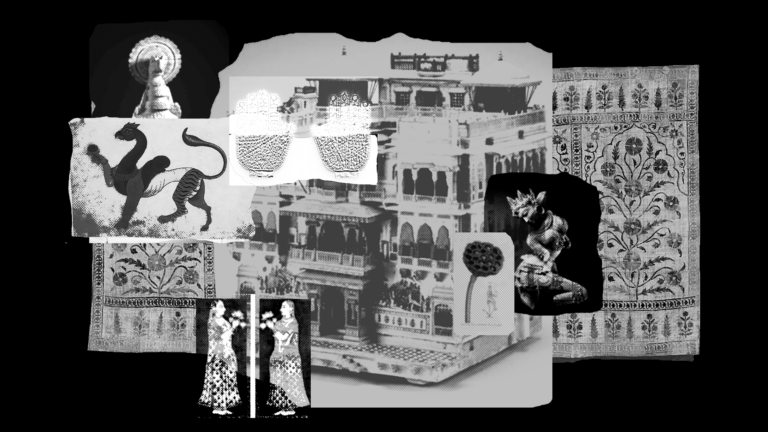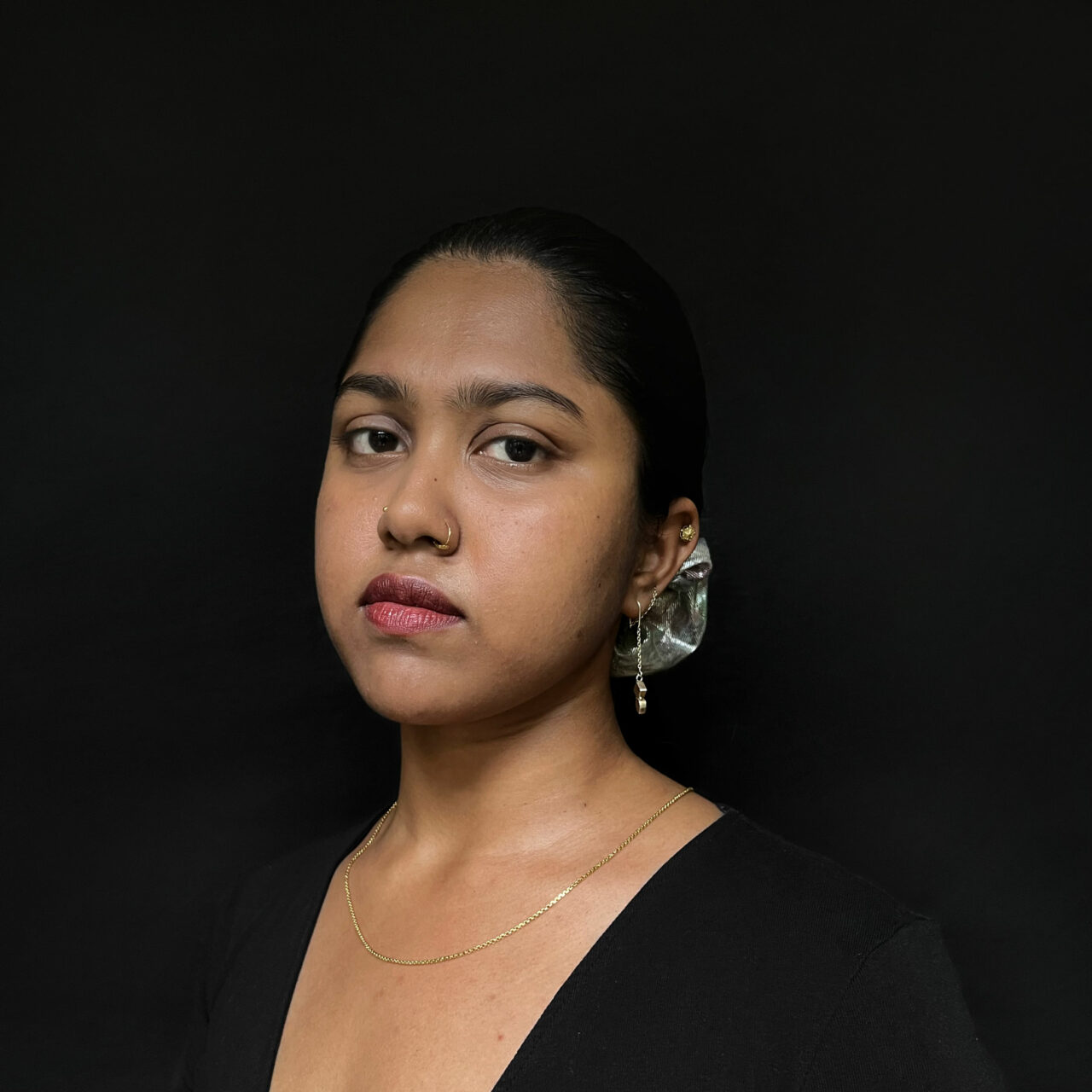As the digital age reshapes the contours of creative production and consumption, a market opportunity emerges: feeding India’s appetite for accessible and meaningful art access. Here, we share some of the key insights that we’ve gained while actively following developments in the art space over the last couple of year. We outline several key innovations that could help democratize art access, tailored to the Indian market’s specific needs. We delve into the pivotal role of generative AI and immersive technologies in redefining the art learning experience, the critical importance of digitizing art archives for cultural preservation, and the promising future of blockchain in authenticating art ownership. Furthermore, we examine the imperative of linguistic accessibility in making art education truly inclusive.
1. Expanding Market Opportunities through Art Education Platforms and Consumer Awareness
A key opportunity lies in addressing the gap in art awareness among Indian consumers through the development of targeted art education platforms. These platforms can cater to the specific needs and preferences of the Indian market, providing a foundation for a more informed and engaged art audience as there is a growing demand for accessible art education and interactive learning experiences.
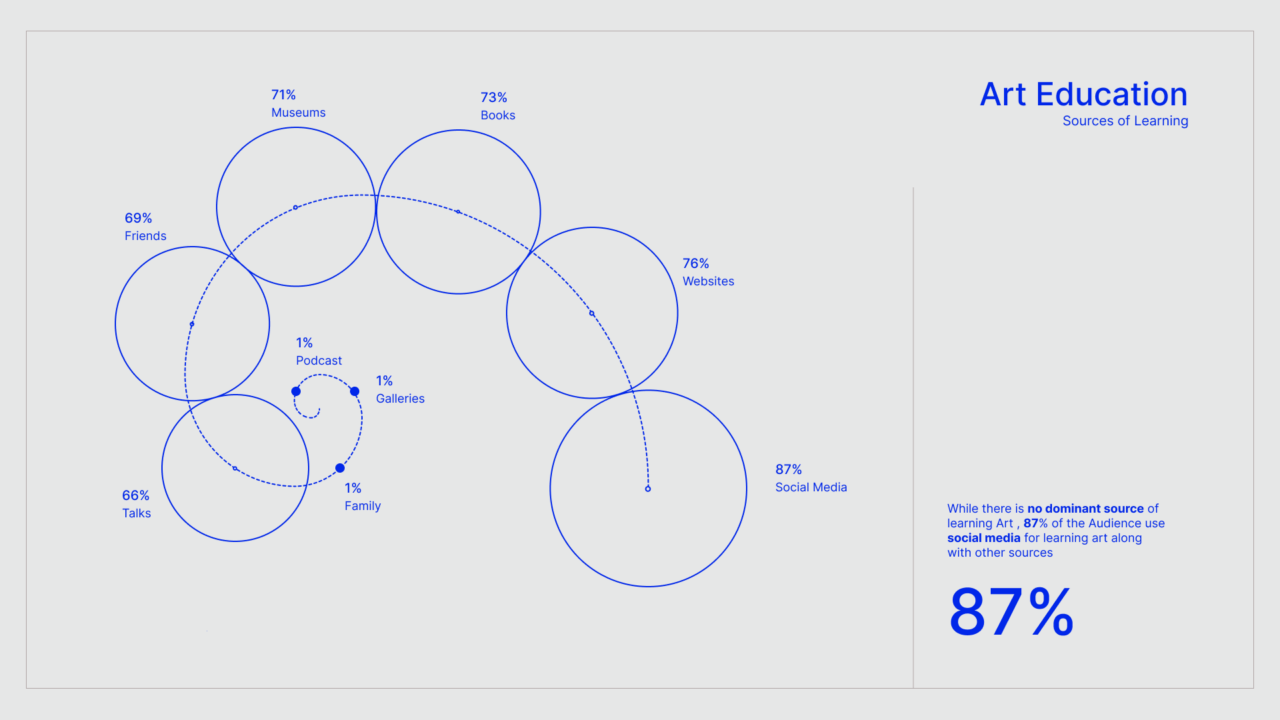
A consumer study by Now Form in 2022 provides a comprehensive overview of the behaviors and preferences of art enthusiasts and collectors, pointing towards the need for digital intervention in this space. The study primarily focused on individuals aged 25-39, with a majority being women-identifying and from Tier 1 and Tier 2 cities. Most respondents hailed from creative, business, or marketing backgrounds and were well-versed in technology, indicating a tech-savvy audience with a keen interest in the arts. Our study found that a staggering 85% of the audience utilize art platforms to enhance their artistic taste, seek inspiration, and learn more about the art and artists. However, within this segment, there’s a noticeable demand for more diverse and personalized content, pointing to a gap in the current market offerings. When it comes to learning about art, social media stands out as a primary source for 88% of respondents, alongside other digital resources like online publications and webinars. This highlights the need for credible, interactive and personalized online learning resources focusing on art education in India. Our research participants identified several pain points, including the high investment required for quality content, generic and biased curation, an abundance of unstructured information, and a lack of physical connection with art.
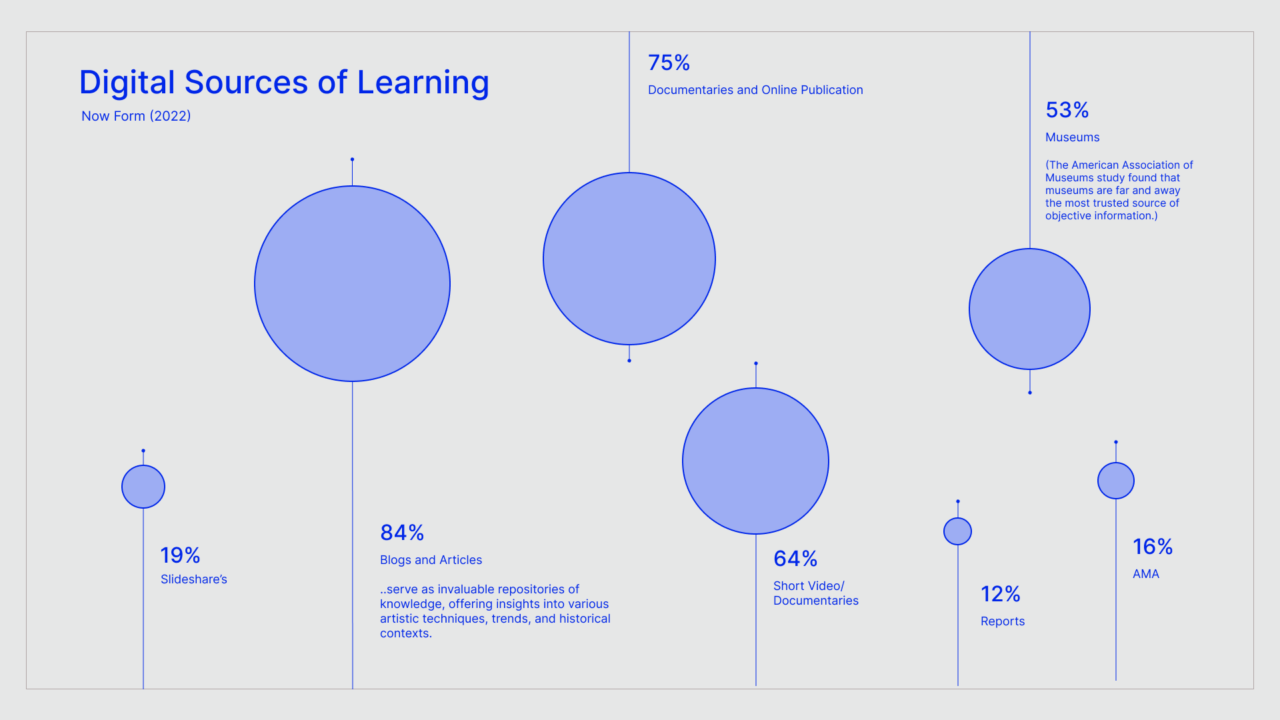
These challenges underscore the need for more curated, structured, and interactive digital experience that could democratize quality art education in the Indian market. A handful of art platforms, such as ShuruArt and the Rooftop App, are attempting to bridge this gap by catering to diverse learning styles, and overcoming geographical and financial barriers. ShuruArt focuses on improving career opportunities for young visual artists in Tier 2/3 towns and enhancing primary education through visual arts. The Rooftop App, launched in 2020, offers curated art sessions and workshops, fostering a community of art enthusiasts from 20 countries and connecting over 25000 participants with 2100 artists. The pedagogical model championed by the MAP Academy underscores the importance of integrating high-quality digital resources with educational programs, such as online courses, to provide richer learning experiences. The MAP Academy’s ‘Encyclopedia of Art’ is a groundbreaking digital resource that democratizes the rich history of art in India and globally, making art history more accessible and inclusive. By addressing the scarcity of comprehensive scholarship on specific art histories, such as that of South Asia, this platform fills a crucial gap in art education and public engagement. The success of the MAP Academy model highlights the potential for collaboration between museums, academic institutions, and technology partners in creating interactive digital archives – serving as valuable resources for a wider audience and enabling learners to develop a deeper appreciation of diverse artistic traditions. As more such platforms emerge, they will collectively advance a global movement towards more inclusive and accessible art history, challenging Eurocentric narratives and highlighting underrepresented cultures and artists.
2. Generative AI and Immersive Technologies
There is also a unique opportunity of integrating generative AI technologies into art education paradigms. For example, a recent experiment by Google Arts & Culture’s Art Selfie 2 utilizes generative AI to create stylized images based on user selfies, seamlessly blending them into various artistic and historical scenarios. This project not only engages users in a playful and interactive manner but also serves as an educational tool, offering users insights into different art styles, historical periods, and cultural contexts. In 2018, The Met collaborated with Microsoft engineers and MIT students and faculty to find innovative ways to make their encyclopedic collection more accessible to a global audience. One standout project from this collaboration, Gen Studio, utilized generative adversarial networks (GANs) to allow users to explore and search through the museum’s collection in novel ways. Another component, Generist Maps, allows users to explore and search through the museum’s collection in novel ways, revealing both linear and unexpected relationships between different art pieces. Kim Benzel, curator in charge of the Department of Ancient Near Eastern Art at The Met, highlighted a challenge museums face: displaying objects in a museum might strip them of their cultural context. By leveraging AI, the project provides a unique opportunity to experience art beyond the physicality of the displayed objects, encouraging a deeper appreciation of the mutable nature of art and culture. Reflecting on this project in 2024, one could envision that the increasing popularity and accessibility of diffusion models will enable museums worldwide to incorporate similar AI tools into their collections, even without highly specialized technological expertise. The growing availability of user-friendly AI platforms and pre-trained models might allow museums with limited technological maturity to leverage AI and make their collections more accessible and engaging to a wider audience.
The educational potential of technologies like AR and VR in the arts education is immense – they can provide students with interactive and immersive learning experiences, making art history and theory more engaging and accessible. For instance, AR can bring historical artworks to life, allowing students to explore the context and details of a painting in a more interactive way. VR can transport students to virtual museums or historical sites, offering a first-hand experience of art and architecture from different cultures and periods. VR is used both as a platform for exhibiting and distributing art (as at Vortic) and as an artform itself, as is typically exhibited at Miami’s Mud Foundation.
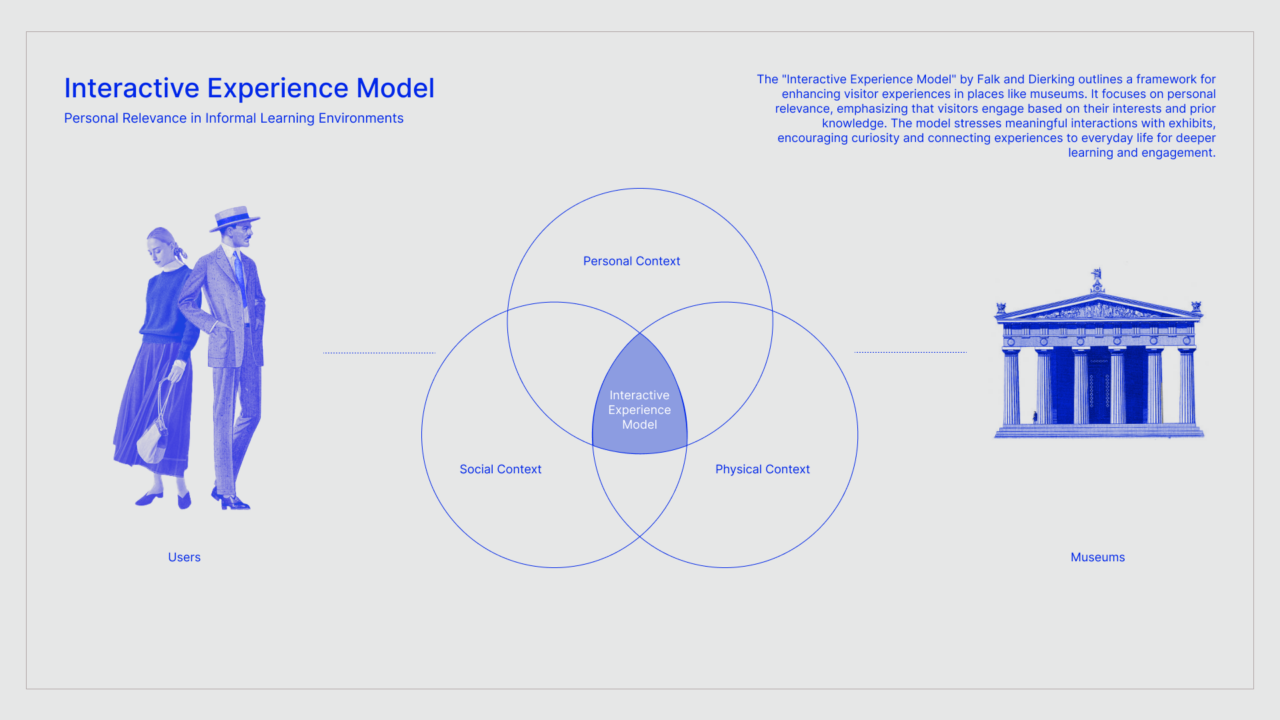
The Interactive Experience Model by Falk and Dierking explores the multifaceted nature of museum visits and interactive art experiences. It emphasizes the importance of understanding visitor identity and motivation, the cognitive stages of aesthetic appreciation, and the role of embodied cognition in interactive art. These principles highlight the complexity of visitor engagement and the need for museums and interactive artworks to cater to these multifaceted experiences. Research has shown that immersive technologies can significantly enhance the museum experience by providing absorptive and immersive experiences that influence visitors’ overall enjoyment and their intention to visit museums. The integration of VR into museum exhibits has been found to eliminate the tedium associated with traditional exhibition methods, enriching the fun of visiting museums and promoting the dissemination of cultural heritage. This aligns with Falk and Dierking’s model, as the personal context of the visitor is enriched through engaging and interactive experiences. the adoption of immersive technologies in museums has been linked to the concepts of in-museum interactivity and smart retailing, which directly and positively influence the adoption and use of these technologies. For instance, the use of multimedia solutions such as AR, VR, and Immersive 3D Projections has shifted the focus from a collection-oriented museum to a visitor-oriented one, where storytelling and visitor engagement are paramount – this shift reflects the sociocultural aspect of the Interactive Experience Model, as museums are increasingly recognizing the importance of creating shared, culturally relevant experiences for their visitors.
3. Digital Transformation of the Art Archive
Digitizing art archives offers massive benefits, particularly when they are made widely accessible to the public openly through online channels. This transformation allows for a more inclusive engagement with cultural heritage, breaking down geographical and physical barriers and democratizing access to art and historical artifacts for a global audience. Digitization serves as a crucial preservation tool, safeguarding the knowledge and history held within these collections against the ravages of time, decay, and unforeseen disasters. Digital archives thus become the custodians of our collective memory in the digital age, ensuring that our rich cultural tapestry remains vibrant, relevant, and accessible for future generations. This marks a cultural imperative in the preservation and appreciation of human history and artistic expression.
However, the digitization of archives is not without its challenges. Digital archives are subject to the same fragility that affects all digital existence – vulnerable to technological obsolescence and the inherent instability of digital information. These vulnerabilities raise important questions about the stewardship of digital knowledge and further highlight the need for robust digital archiving practices by art institutions.
Archive Spotlight: The Indian Classical Music & Performing Arts Public Digital Archive
A compelling example of this digital transformation is the Indian Classical Music & Performing Arts Public Digital Archive, initiated by Devina Dutt and Pepe Gomes of the Kishima Arts Foundation. This project aims to preserve the rich heritage of Indian classical music by creating a comprehensive digital repository of recordings, conversations, and performances. The motivation behind this archive is to safeguard a wealth of musical knowledge and history that is at risk of being lost. The archive, which began taking shape in 2018, seeks to document the vibrant musicianship found in smaller, more intimate settings. The COVID-19 pandemic provided a moment of introspection and opportunity, leading to collaborations with institutions like Penn State University and the Indian Oil Corporation. These partnerships helped Dutt and Gomes to refine their archival skills and formalize the project. The archive’s scope is carefully curated, aiming to avoid cliquishness and ensure diverse representation of art forms and artists. The project is envisioned as a two-phase endeavor, spanning from 2022 to 2030, with plans to create and share a minimum of 2,000 hours of audiovisual material. It aims to foster intergenerational connections and encourage young musicians to contribute to the ongoing documentation of Indian classical music’s evolving landscape.
4. Art through Data and Machine Learning
Machine learning and artificial intelligence can aid in the processing and analysis of large datasets, enhancing discoverability and accessibility at a rate, precision, and scale that is impossible to achieve through human labors alone. The application of machine learning in poorly understood or data-rich domains can lead to the discovery of valuable patterns and adaptability to changing conditions, which is relevant for fields such as art history, where patterns and novelty are significant. This technology’s capacity to sift through vast amounts of data and identify patterns invisible to the human eye paves the way for new insights into art history and the creative processes of iconic artists. The term “computational formalism”, coined by Amanda Wasielewski, emphasizes the opportunities presented when combining machine learning and computer vision techniques with art historical research. This approach highlights how automated categorization based on stylistic features opens up possibilities for deep learning techniques being able to authenticate or detect forgeries and fakes in art. However, in her critical analysis, Wasielewski also raises several concerns regarding the application of AI in art history, particularly emphasizing the challenges posed by the reliance on digital reproductions and the biases inherent in datasets dominated by Western art due to historical imperialism and inequality. Expanding these methods to contexts outside the West, such as in India, presents an opportunity to address the Western-centric biases prevalent in current art AI research. There is a need to create and utilize datasets that represent the rich diversity of Indian art traditions, including classical, tribal, folk, and contemporary art forms. Ensuring a comprehensive representation that respects the cultural specificity and historical context of Indian art is crucial for overcoming these biases and fostering a more inclusive approach to AI in art history.
The potential of machine learning extends beyond the analysis of individual artworks to illuminating the contributions of historically underrepresented groups. A prime example of this application is the recent initiative by the Smithsonian and Google Arts & Culture, focusing on the Smithsonian American Women’s History Initiative. This collaboration aims to rectify the oversight of women’s contributions in science by employing machine learning tools to delve into the Smithsonian’s archives. These tools enable curators to perform tasks that would have been unimaginably complex or time-consuming before, such as comparing records across history, identifying women’s contributions even when not explicitly named, and analyzing image records to cluster similarities. Another algorithm developed by Google Arts & Culture Lab combed through over 30,000 exhibition photos, searching for matches among the more than 65,000 works in MoMA’s online collection. Impressively, it recognized over 20,000 artworks, creating a vast network of new links between MoMA’s exhibition history and its online collection.
5. Authentication, Ownership, and Blockchain
The traditional art market, often plagued by issues of authenticity, provenance, and inefficiency, finds a potential solution in blockchain technology. Authentication has long been a complex issue in the art world. Provenance, or the history of ownership and documentation of an artwork, plays a crucial role in determining its value. Blockchain technology can streamline this process by providing a secure and transparent way to record and authenticate an artwork’s ownership and history. Each artwork can be assigned a unique digital identity on the blockchain, which includes details such as the artist’s name, the year it was created, and the owner’s identity. This decentralized ledger offers a transparent and immutable record of transactions, addressing long-standing concerns of fraud and forgery, and can be updated with each change of ownership, creating an unbreakable chain of ownership and a clear record of the artwork’s history. While blockchain technology offers many benefits for art provenance, it is not without its challenges. The reliability of blockchain-based provenance depends on the accuracy of the data entered into the system. If fraudulent information is inputted, it can compromise the reliability of the blockchain. Additionally, as blockchain technology is relatively new and untested in the art world, its interaction with existing art market practices remains to be seen.
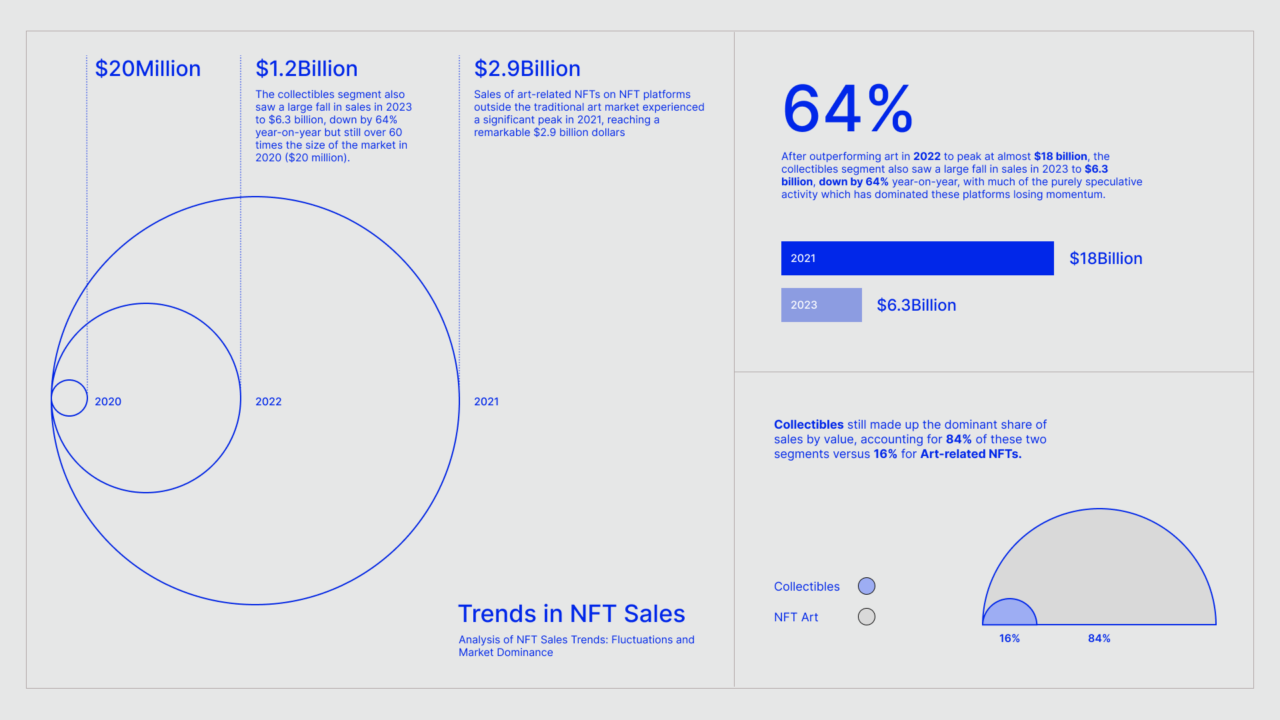
NFTs (non fungible tokens) present a unique case for blockchain-powered digital ownership, streamlining the transfer of art by eliminating the need for intermediaries, reducing transaction costs, and mitigating the physical challenges associated with traditional art transfers. Despite the promising prospects of NFTs, the digital art market experienced a downturn in 2023, with high-net-worth collectors spending only 3% of their total expenditure on digital art, a significant decrease from the previous year. This decline in spending on digital art and NFTs mirrors the trends observed on external NFT platforms, where sales of art-related NFTs reached their lowest level since January 2021. While the market for art-related NFTs has declined from its peak in 2021, it still accounted for $1.2 billion in sales in 2023. This indicates that digital art and blockchain technology will remain significant components of the art market, albeit with potentially less speculative activity than in previous years. Online art sales continued to grow in 2023, reaching an estimated $11.8 billion, a 7% increase from 2022. This growth highlights the increasing importance of digital platforms in the art market and suggests that technologies facilitating online transactions and viewing will continue to play a crucial role in the future.
Despite modern updates like online bidding, the traditional auction model has largely remained unchanged. This resistance to innovation has resulted in inefficiencies such as high failure rates for art sales at public auctions, excessive commissions and fees, and challenges for art dealers in obtaining bank financing. The art sector’s lack of empirical data and financial tools has impeded its ability to make informed decisions and adapt to market shifts. There is a critical need for the art market to develop a comprehensive knowledge infrastructure that considers the unique characteristics of art as an asset. This would involve establishing economic, financial, and statistical frameworks tailored to the art market, utilizing data science and applied mathematics to provide actionable insights. The future of art technologies holds significant potential. Adopting data-driven approaches and advanced analytics could lead to a more efficient, transparent, and dynamic art market, offering new opportunities for financial intermediaries and service providers in the art sector. However, this transition requires challenging long standing traditions and embracing innovative practices that align with the realities of the 21st-century marketplace.
Arthena’s approach exemplifies this opportunity, leveraging Machine Learning (ML) and comprehensive data analytics to address market inefficiencies and bring clarity to art market pricing. Arthena’s deployment of their proprietary technology sets an exciting new standard for the art market – offering effective and efficient pricing of art assets, risk management for art transactions, and data-driven insights for collectors, investors, and financial institutions. Another proprietary data platform Masterworks is leveraging advanced analytics and machine learning to democratize art investing and enhance market transparency. Their platform allows investors to buy and sell shares of securitized artworks, introducing liquidity to an illiquid asset class and enabling dynamic management of art investments. This data-driven approach informs their artwork acquisition decisions, moving beyond traditional subjective selection methods.
6. Language Inclusion and Accessibility
Given India’s linguistic diversity, there is a market opportunity for art platforms that offer content in multiple languages. The argument for linguistic accessibility on art platforms on the web is rooted in the broader concept of accessibility, which encompasses not only providing access to those with disabilities but also ensuring inclusivity and diversity. Cultural and linguistic accessibility is about giving access and representation to historically underrepresented communities and recognizing the importance of language equity. This means creating opportunities for people whose native language is not English to feel welcomed and able to join the community, extending opportunities for staff members to partake in multiple languages, and valuing every language as a window into a culture worth preserving.
The shift in internet user demographics, particularly in countries like India, highlights the urgency of this issue. In 1996, over 80% of internet users were native English speakers, but by 2010, this percentage dropped to 27.3%. As the internet becomes more accessible to a broader range of people, the linguistic diversity of its users increases. However, the content available on the web has not kept pace with this change. Nearly 60% of web content is still in English, even though only 25.9% of the global internet audience browses in English. This discrepancy indicates a significant gap in linguistic accessibility. Linguistic accessibility on art platforms is not just about inclusivity; it’s a reflection of the evolving landscape of internet users worldwide. By embracing linguistic diversity, art institutions and platforms can create more engaging, culturally rich, and accessible experiences for all visitors, regardless of their native language. This approach not only broadens their reach but also enriches the cultural dialogue, making art more universally accessible and appreciated.
